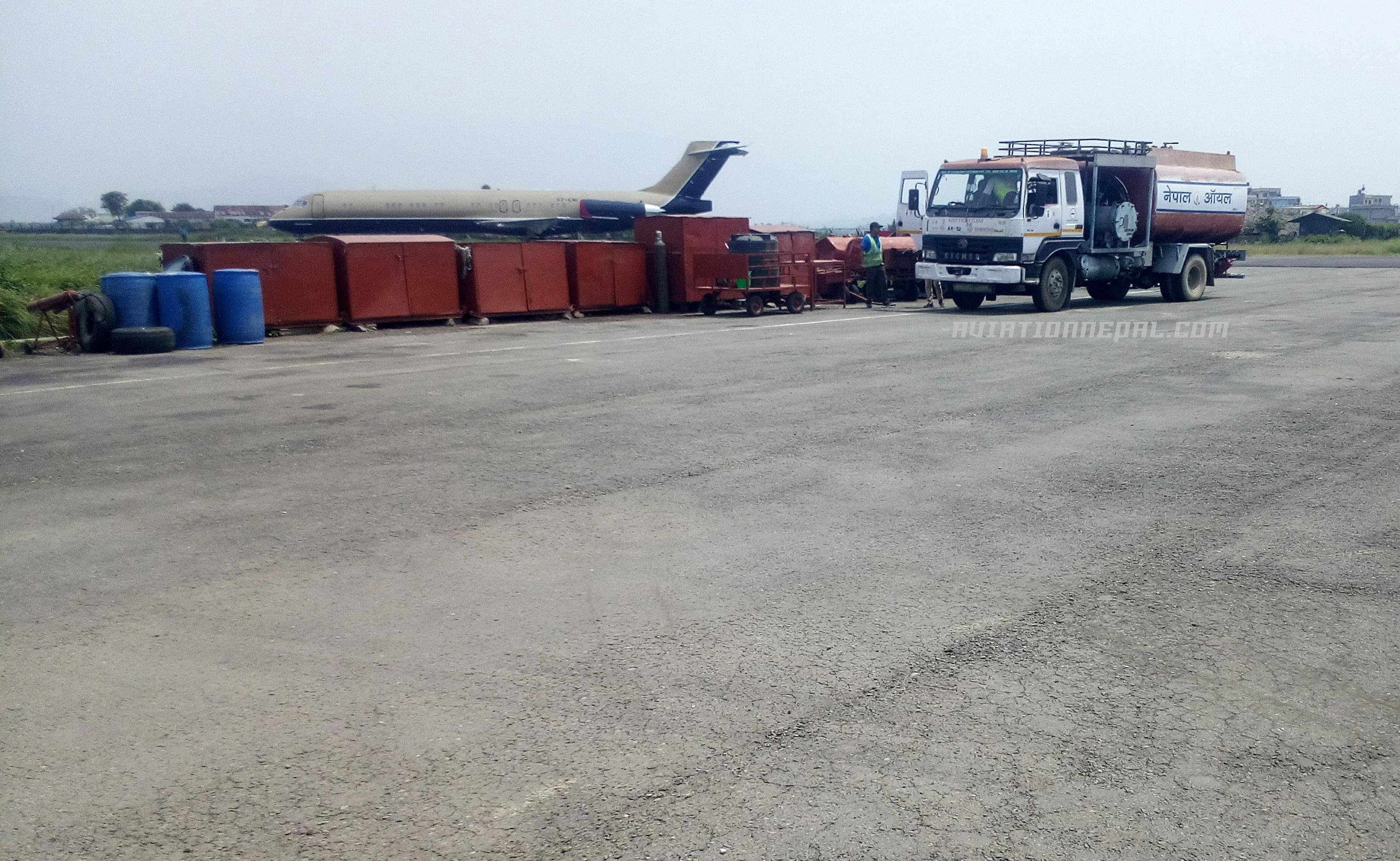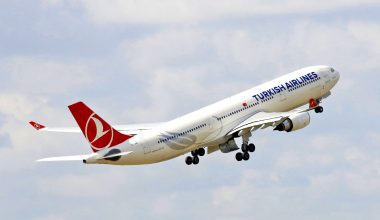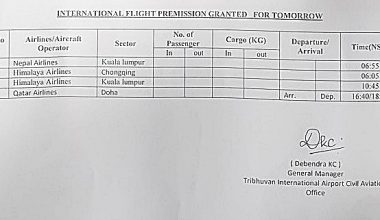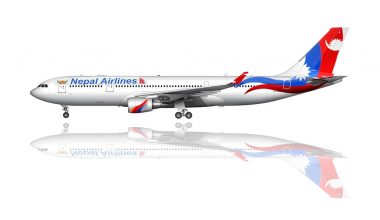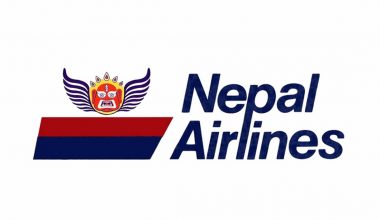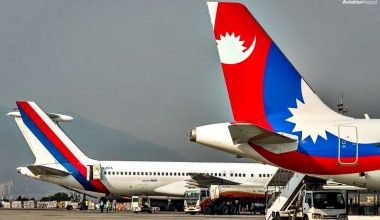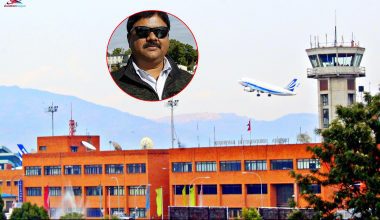-KATHMANDU
The Civil Aviation Authority of Nepal (CAAN) has instructed all the helicopter operators of Nepal to remove the Fuel Storage Tank and Gallons from Eastern Helipad of Tribhuvan International Airport.
Issuing a Circular dated May 25, 2018, the authority have given an ultimatum to remove all the movable type of fuel storage tank and Plastics gallons from the Eastern Helipad premises within two days.
Presently helicopters operators have been using movable fuel storage tank and plastic gallons to refuel the helicopters during operation at Eastern Helipad TIA which has been acting as Hazards for the choppers taking off and landing from the Helipad.
The inappropriate system of ATF storage may invite severe cases of fuel contamination issues. The ATF contamination related to poor ATF storage system can result a very adverse consequence, which everybody has to know now. The ATF contamination issue is not negligible but it is a massive issue in safety of aviation industry that has not been discussed yet in our country.
As per the source, the airliner operators of Nepal also are very carelessly storing the aviation fuel going beyond the aviation standards. The rough handling of the operators can lead into a serious fuel contamination or adulteration very easily. Because all the domestic airports in Nepal are not equipped with proper refueling system, the airliners use jerry cans and barrels to transport and store the fuel, is it safe to use such system of fuel storage, which probably has not been authorized by the regulating bodies of Nepal. This ill managed system of fuel storage can seriously contribute in the microbiological growth and fuel contamination, which possibly can be cause of repetitive engine failures in the Nepalese sky towards which the concerned authorities have not focused on.
The authorities of CAAN knowingly ignore this prime fact. The CAAN officials who frequently visit TIA have not diverted their attention towards this system. What an ordinary person can see is that the fuel which enters from out station to TIA is stored for a long period in the unapproved storage barrels like jerry cans and is refueled in the tanks of aircraft again. Is this the safe operation of fuel system in Nepal? How can a person be confident to fly in a Nepalese operator aircraft if the issues are ignored straight?
As per the source, the ground staffs of some airline operators have not been provided any training related to the proper fuel handling, proper fuel storage and overall fuel safety. When these people have no awareness about the fuel safety the whole system will suffer. They just know that the fuel storage tanks must be clean, but only the cleanliness is not enough to make storage of aviation fuel in unstandardized way which they are unaware about.
